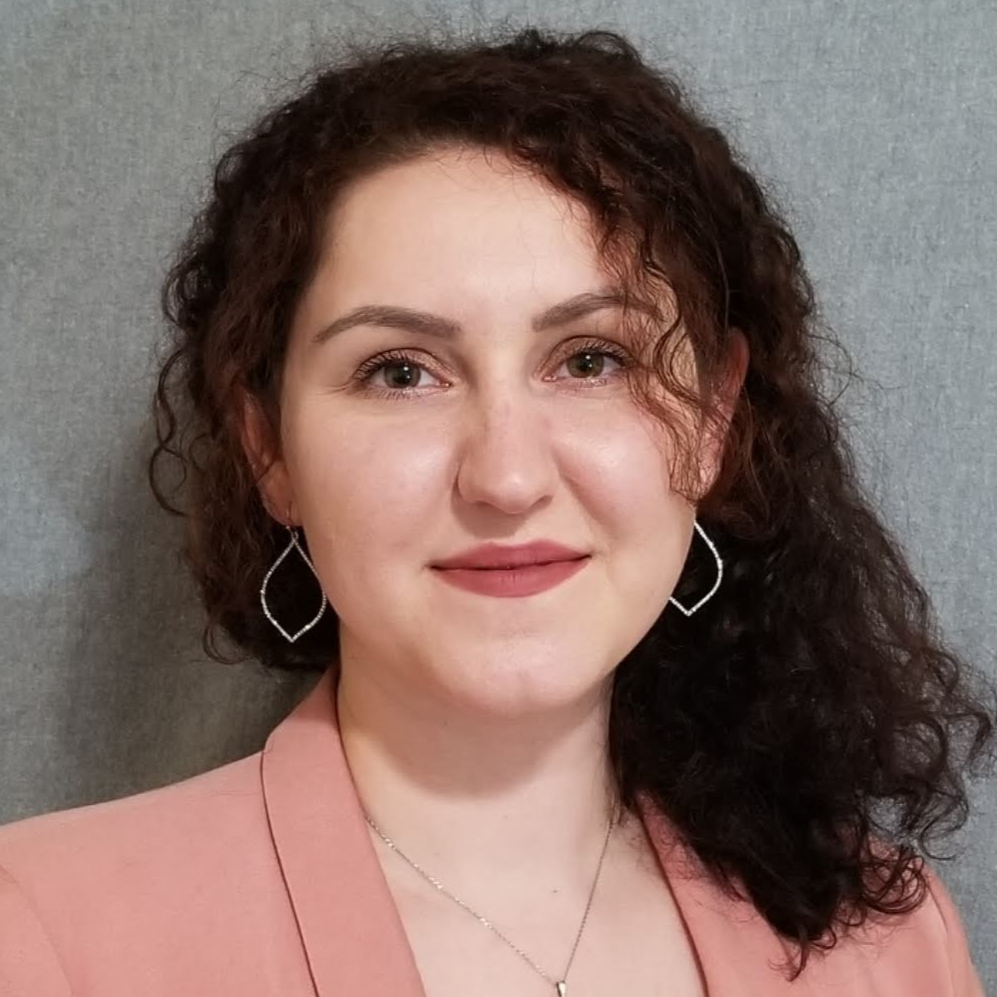Feb 25, 2025
Version 2
VU TIS Multimodal Molecular Imaging Pipeline for KPMP Biopsy Interrogation V.2
- Katerina V Djambazova1,
- Lukasz Migas2,
- Jamie Allen1,
- Martin Dufresne1,
- Madeline E. Colley1,
- N. Heath Patterson1,
- Léonore Tideman2,
- Allison Esselman1,
- Ellie Pingry1,
- Angela R.S. Kruse1,
- Melissa Farrow1,
- Raf Van De Plas2,
- Jeff Spraggins1
- 1Vanderbilt University;
- 2Delft University of Technology
- VU Biomolecular Multimodal Imaging Center / Spraggins Research Group
- KPMP

Protocol Citation: Katerina V Djambazova, Lukasz Migas, Jamie Allen, Martin Dufresne, Madeline E. Colley, N. Heath Patterson, Léonore Tideman, Allison Esselman, Ellie Pingry, Angela R.S. Kruse, Melissa Farrow, Raf Van De Plas, Jeff Spraggins 2025. VU TIS Multimodal Molecular Imaging Pipeline for KPMP Biopsy Interrogation . protocols.io https://dx.doi.org/10.17504/protocols.io.kqdg39bbeg25/v2Version created by Katerina V Djambazova
License: This is an open access protocol distributed under the terms of the Creative Commons Attribution License, which permits unrestricted use, distribution, and reproduction in any medium, provided the original author and source are credited
Protocol status: Working
We use this protocol and it's working
Created: November 01, 2023
Last Modified: February 25, 2025
Protocol Integer ID: 90281
Abstract
This protocol provides an overview of the Multimodal Molecular Imaging pipeline used by the Vanderbilt University Tissue Interrogation Site (VU TIS) as part of the Kidney Precision Medicine Project (KPMP). Individual protocols are contextualized within our larger workflow.
Materials
Optimal cutting temperature (OCT) compound
Sample Shipment, Storage, and Handling
Sample Shipment, Storage, and Handling
KPMP Biopsy Shipment to VU TIS
KPMP biopsies are shipped on dry ice to VU TIS. Temperature is monitored using MadgeTech data loggers. Specimens and relevant information are recorded in Redcap, and samples are store at -80oC until sectioning. Prior to sectioning, samples are assessed according to Table 1, described below.
Tissue Screening and Assessment
Tissue Screening and Assessment
Asses Kidney Tissue Sections
To accept biopsies for multimodal molecular imaging analysis by VU TIS, the samples must meet the following Go/No-Go conditions (Table 1).
Table 1. Sample Processing Go/No-Go Criteria
| A | B | |
| Go/No-Go Criteria | Reasoning | |
| Biopsy must be LN2 core | Other storage conditions can induce analyte suppression effect in MALDI IMS analysis | |
| Biopsy size must be > 3mm | Smaller tissue sections are difficult to handle, section, and mount | |
| Time to preservation must be < 10 min | Prolonged exposure prior to preservation can cause metabolite/lipid degradation |
Sectioning
Accepted biopsies are sectioned and visually assessed following the QC metrics described in Table 2. Biopsies are cryo-sectioned to 10 µm thickness on indium-tin-oxide (ITO)-coated (for imaging mass spectrometry) or glass (for stained microscopy) slides. For workflow QC, a normal human kidney reference tissue section (termed BlockQC) is sectioned along with KPMP samples. For cryo-sectioning, samples are mounted to a chuck using a small amount of optimal cutting temperature (OCT) compound. Photos are taken before, during, and after sectioning (with and without mounting media) to document the process and ensure proper handling. After sections are obtained, the OCT is removed from the tissue block, and the samples are stored at -80oC. Tissue sections are visually assessed following the QC metrics described in Table 2 before data collection.
Table 2. On-Site Tissue Integrity Considerations
| A | B | |
| Tissue QC | Reasoning / Data Flags | |
| Are there any glomeruli in the biopsy section? | Ensures proper coverage of biological features | |
| Visible cracks/folds on the tissue surface | This can lower FTU segmentation performance, due to non-segmentable features | |
| Visible freezing artifacts on the tissue surface | Freezing artifacts can induce analyte delocalization, jeopardizing MALDI IMS spatial integrity |
Sample Interrogation Assays
Sample Interrogation Assays
Autofluorescence Microscopy (AF) is collected on all KPMP tissue sections prior to IMS. AF is also collected on an external reference tissue termed "BlockQC".
AF QC Data Collection Protocol: AFQC Protocol
AF protocol: AF Microscopy
CITATION
MALDI Imaging Mass Spectrometry (IMS) is collected on all KPMP tissue sections and on a BlockQC tissue section.
Matrix Deposition Protocol (Sublimation): Tissue Washing and Matrix deposition Protocol
High Spatial Resolution MALDI IMS Data Acquisition: MALDI IMS Protocol
LC-MS/MS Lipidomics is performed on a single serial KPMP biopsy and a BlockQC tissue section.
Protocol: LC-MS/MS Protocol
Post-IMS Autofluorescence Microscopy is collected on all KPMP tissue sections and a single BlockQC tissue section to aid in multimodal data registration.
Protocol: Post-IMS AF
PAS Staining is performed on all tissue sections including BlockQC
Matrix removal and Staining: PAS Staining Protocol
Data Pre-Processing and Analysis
Data Pre-Processing and Analysis
Data Pre-Processing is performed on all MALDI IMS data.
Protocol: MALDI IMS Data Pre-Processing
Image registration - AF, PAS and IMS is performed on all tissue sections including BlockQC
Protocol: Image Registration
CITATION
Functional Tissue Unit (FTU) Segmentation is performed on all KPMP biopsies and BlockQC tissues.
Protocol: FTU Segmentation
CITATION
Analyte Annotation
Tentative lipid annotations are curated from the data
Protocol: Tentative Lipid Annotation
QC Data Collection and Recording
QC Data Collection and Recording
QC data collected during this work will be compiled in Levy-Jennings plots to longitudinally track the performance of the assays. QC data for both the KPMP samples and the reference tissue are summarized and reported. QC/QA protocols for the multimodal molecular imaging pipeline are summarized in the protocol QC Metrics for KPMP Data Collection by VU TIS.
Citations
Step 10
Patterson NH, Neumann EK, Sharman K, Allen J, Harris R, Fogo AB, De Caestecker M, Caprioli RM, Van de Plas R, Spraggins JM. Autofluorescence microscopy as a label-free tool for renal histology and glomerular segmentation
https://doi.org/10.1101/2021.07.16.452703Step 3
Patterson NH, Tuck M, Van de Plas R, Caprioli RM. Advanced Registration and Analysis of MALDI Imaging Mass Spectrometry Measurements through Autofluorescence Microscopy.
https://doi.org/10.1021/acs.analchem.8b02884Step 9
Patterson NH, Tuck M, Van de Plas R, Caprioli RM. Advanced Registration and Analysis of MALDI Imaging Mass Spectrometry Measurements through Autofluorescence Microscopy.
https://doi.org/10.1021/acs.analchem.8b02884